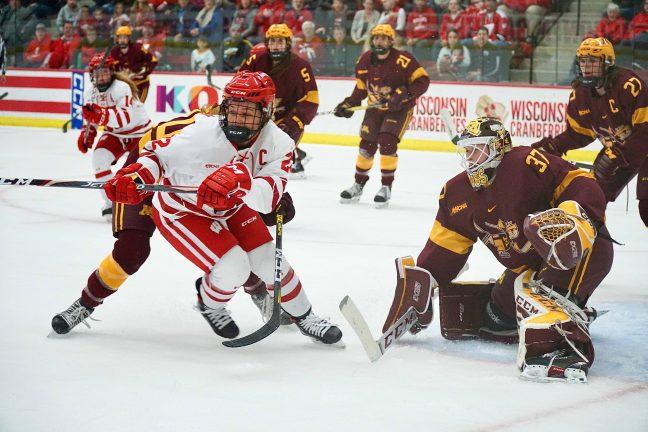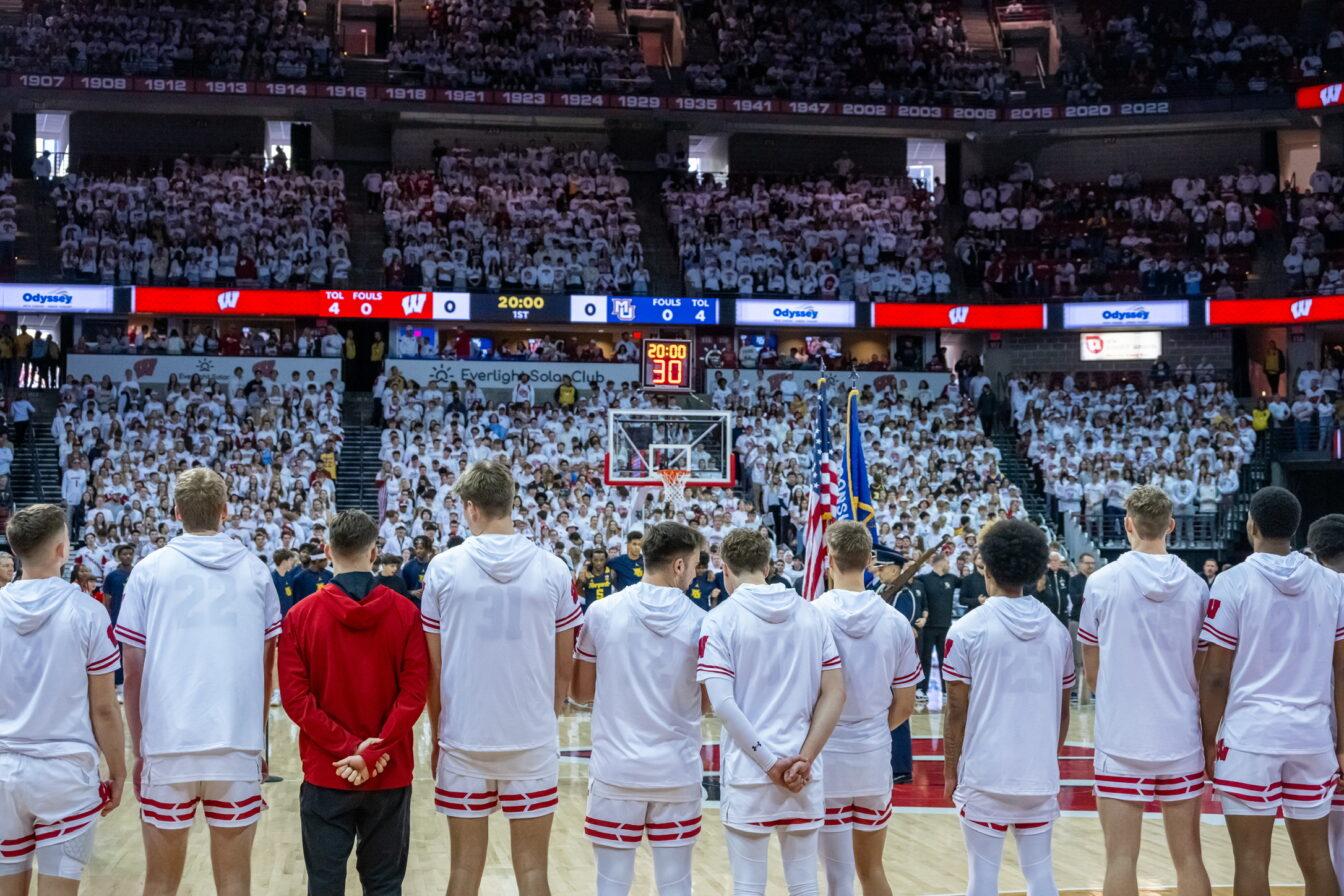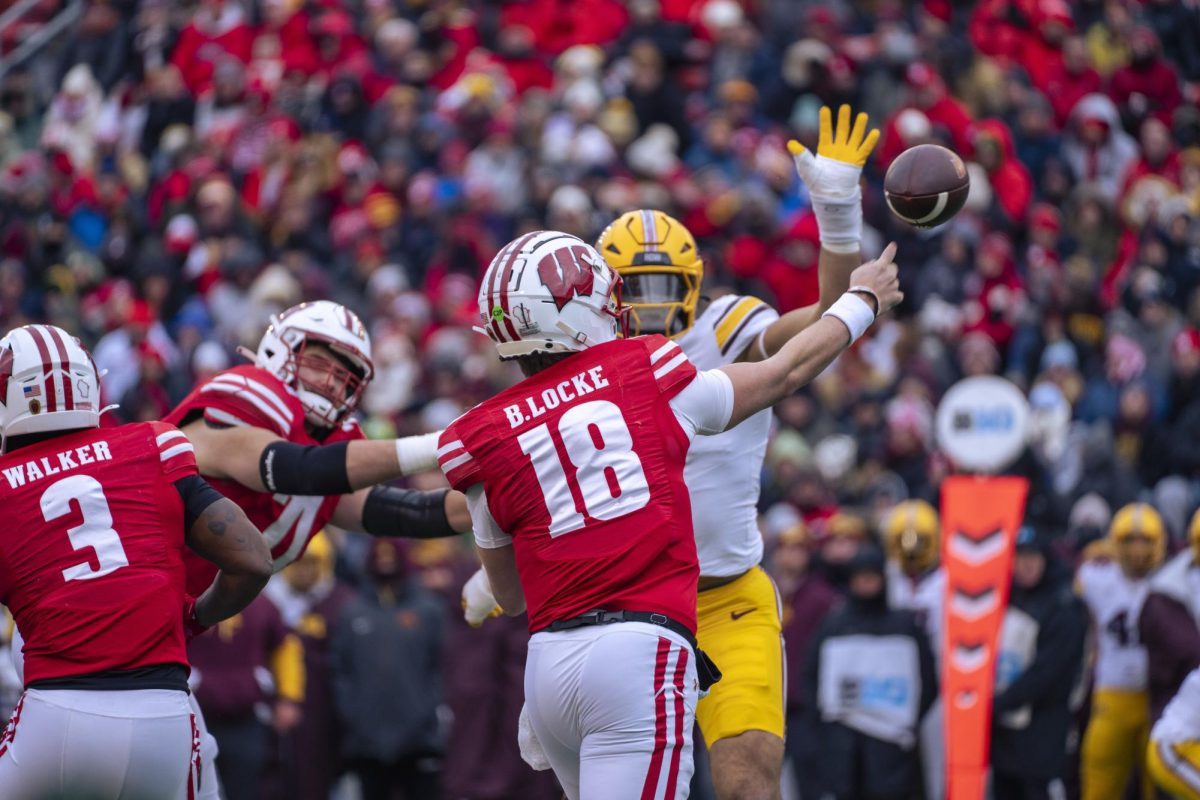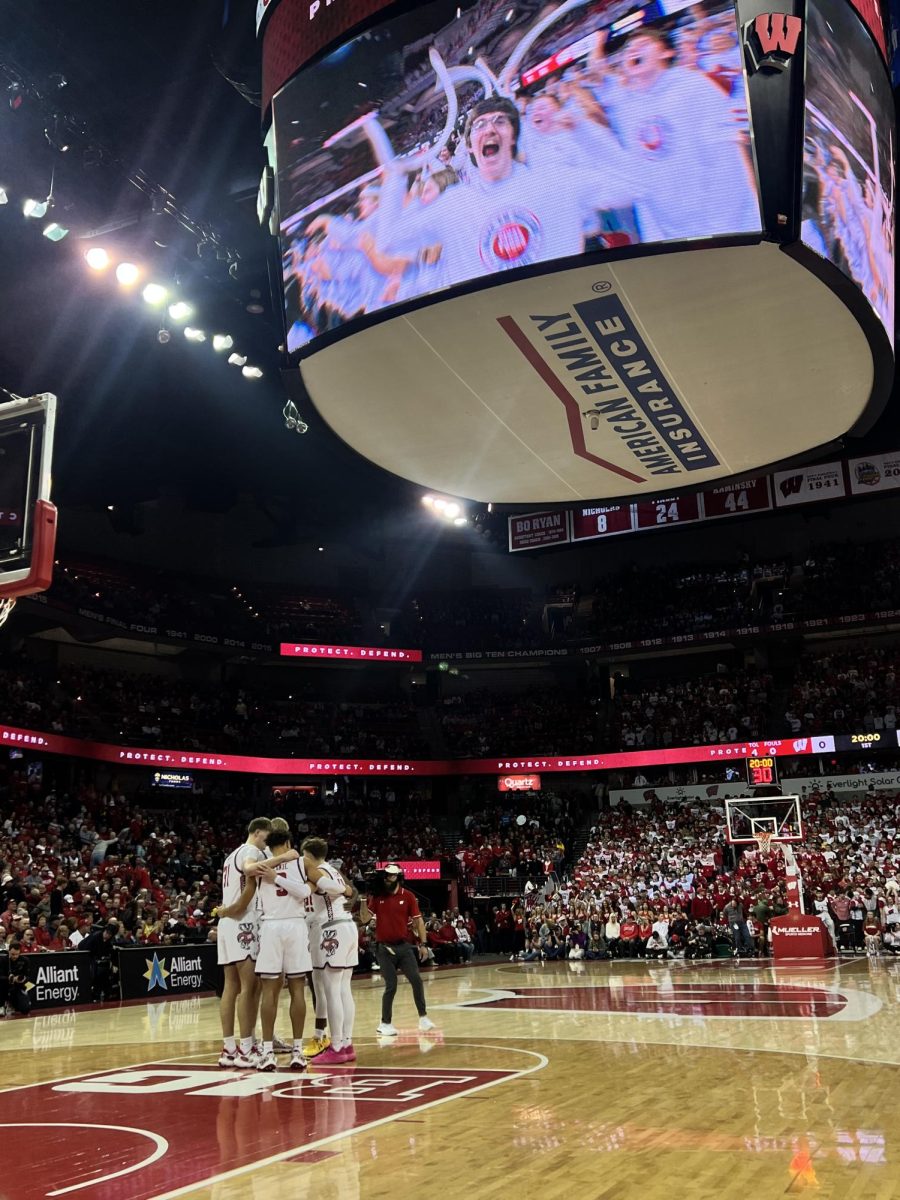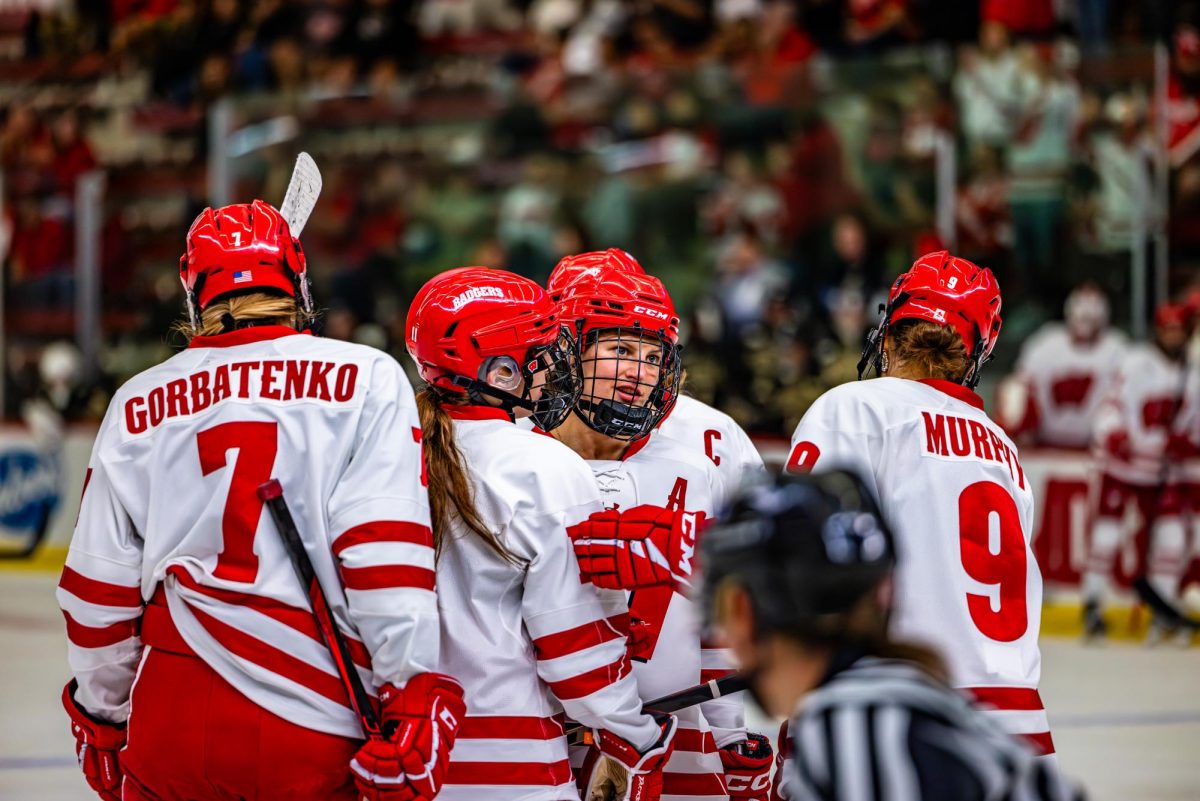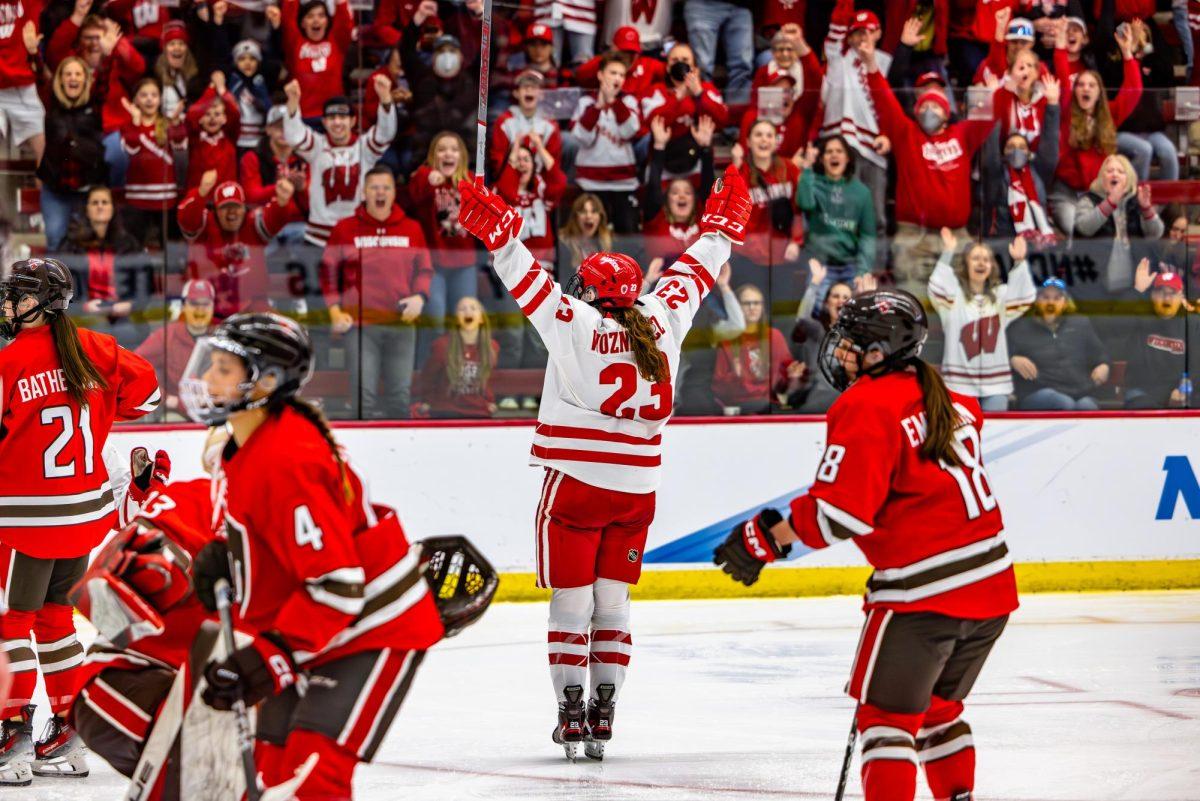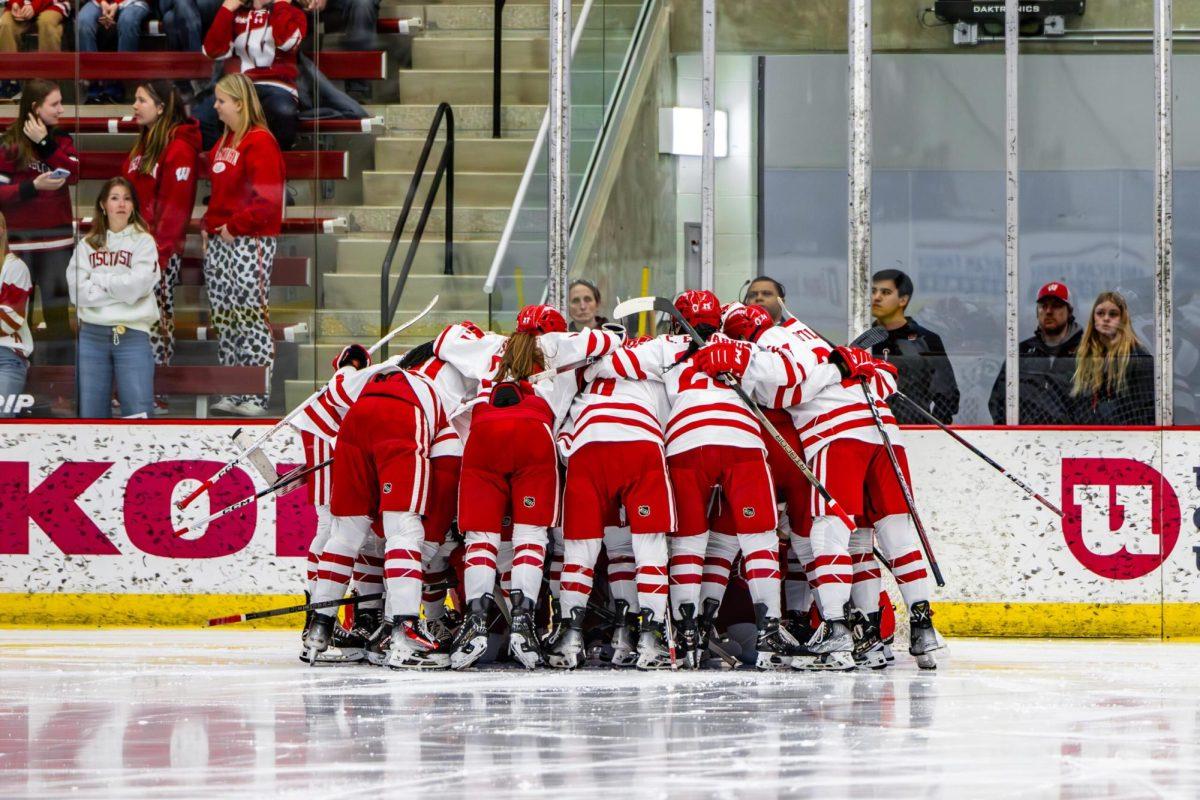The Wisconsin women’s hockey team (27-4-1, 17-4-1-1 WCHA) have had an undeniably impressive regular season. They took down multiple top-ranked opponents while also putting up some of the nation’s best offensive production numbers. Yet, with a stratified talent landscape in collegiate hockey, the Badgers will have an undeniably difficult path to a second straight national title.
Even against the toughest opponents in the nation, the Badgers have performed comparatively well. Their current national ranking is higher than that of every single opponent they have faced, including top ranked teams they have split series against such as No. 3 Minnesota and No. 5 The Ohio State University.
With an impressive record under their belt, the Badgers are certainly poised for a deep season run. Yet, with their latest split series against OSU, they have ceded their No. 1 ranking to Cornell University. This is indicative of the fact that, despite their regular season success, the Badgers still face a tough road ahead of them.
This road begins with the WCHA tournament following the Badgers’ final regular season series against Minnesota-Duluth this past weekend. With 54 total conference points and a final win over Minnesota-Duluth, the Badgers officially secured themselves as the No. 1 seed in the WCHA playoffs.
With this spot, they secure a first round bye in the seven team tournament and advance directly to the semi-finals where they are likely to play either Ohio State or Minnesota Duluth. Ironically enough, these are the teams they last competed against in the regular season.
With a tough schedule ahead of them, it’s worth it to take a look at how the Badgers stack up against the rest of the conference statistically throughout the season.
Offensively, the Badgers were dominant throughout the extent of the regular season. They lead the conference in goals per game by a solid margin with an average of 4.58 — their next closest competitor is Minnesota with 3.84.
While Wisconsin does not hold the top spot in total scoring defense, the margin between them and Minnesota in the top spot is much closer than that of scoring offense. The Badgers allow an average of 1.67 goals per game while the Gophers just barely have them beat with an average of 1.62 per game.
The Badgers are equally dominant on an individual level. They currently have the top three individual scorers within the conference in Daryl Watts, Sophie Shirley and Abby Roque. The trio has accumulated individual point totals of 69, 56 and 53, respectively.
Yet, it remains that, even with this broad statistical domination, the Badgers have not always closed out against tough conference opponents when it matters most. So what might be the deal breaker come March?
Women’s Hockey: Can Daryl Watts become second player ever to capture two Patty Kazmaier awards?
In post season games that so often come down to razor-thin margins of performance, both the ability to remain disciplined and take advantage of power play opportunities can reign supreme. Thankfully for the Badgers, they’ve also dominated in these categories throughout the year.
Perhaps it’s the coaching ability of Head Coach Mark Johnson or maybe it’s even the team’s extensive experience and maturity, but the Badgers simply don’t draw penalties. They currently average just 5.1 penalty minutes per game. The next closest team is Bemidji State with an average of 5.9.
That 0.8 minute gap is the largest between any other team in the conference by a full 0.4 minutes. While that may not seem like a long period of time, the fact that the Badgers have distinguished themselves so far from the rest of the conference is indicative of their ability to remain composed and disciplined when the rubber meets the road.
On top of avoiding penalties, the Badgers are particularly adept at capitalizing on their opponents’ mistakes. They rank at the top of the conference in power play conversion rate with a scoring rate of 35.1 per cent.
Women’s Hockey: Badgers battle Minnesota Duluth in final series of regular season
By avoiding penalties and converting on power plays, the Badgers have amassed a stunningly dominant level of net special teams scoring. So far on the season, they accumulated 26 net goals on power plays. The next closest conference competitor? Minnesota with just nine net power play goals on the season.
The WCHA is always a cut-throat conference. When teams are faced with their first postseason challenge of the year, this competition can only ramp up even further. There is little doubt that multiple teams from the WCHA will find themselves competing in the NCAA tournament later in March.
The winner of the WCHA tournament earns an automatic bid to the Frozen Four tournament. While it’s hard to believe the WCHA title is necessary to get the Badgers to the NCAA tournament, capturing said title would go a long way in proving the Badgers have the chops to capture their second straight national title.


